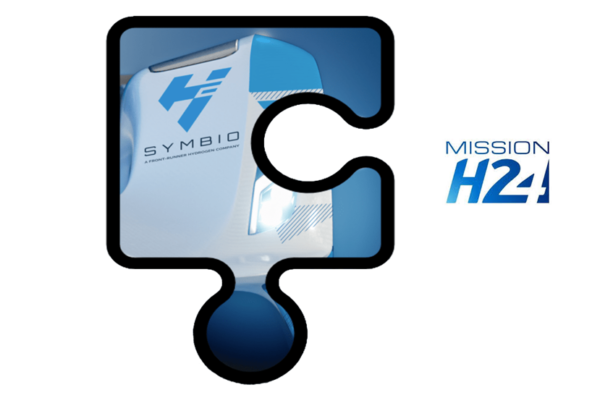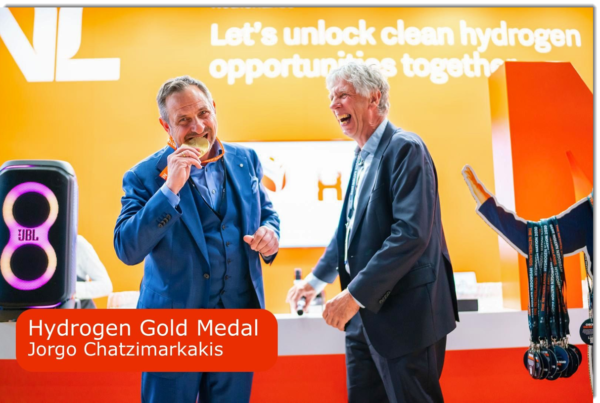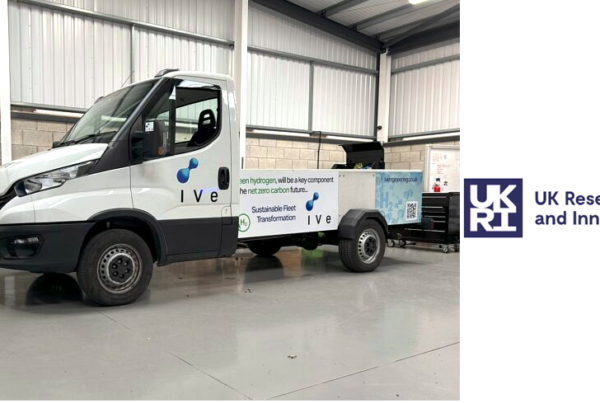
The ANEMEL project, funded by the European Innovation Council, investigates innovative approaches for producing green hydrogen using low-quality water sources, including seawater and wastewater. ANEMEL will develop electrolyzes, producing a prototype within the next three years. To make this happen, our project counts on experts from academia, industries, and SMEs around Europe. Let’s discover our different partners, and find out which tasks they are involved in:
University of Galway
Every group needs a leader. In ANEMEL, this role is played by the University of Galway, in Ireland. This team takes care of management, making sure that the project is aligned with its objectives and coordinating the collaboration between the partners and the European Commission. Additionally, our coordinator is also responsible for the design of catalysts to accelerate water splitting, replacing rare and scarce metals like platinum and ruthenium with more abundant and sustainable raw materials. Galway will synthesize different substances and incorporate them into inks and powders, formulations that facilitate further manufacturing.
University of Newcastle upon Tyne
Membranes make the heart of our electrolyzers. The University of Newcastle upon Tyne, in the UK, will lead the development and manufacturing of membranes, which will avoid fluorine and fluorspar, both critical and contaminant raw materials. Our partner possesses over 15 years of expertise in the field and the necessary research infrastructure in both membrane chemistry and non-precious metal catalysts for electrolyzers, vital parts of this project.
Israel Institute of Technology (Technion)
If we talk about membranes, we also talk about the Technion, in Israel. This partner is a world leader in membrane synthesis and testing. In particular, this partner brings key knowledge on polymer chemistry to the consortium and has already observed that certain composites of polymers improve the stability of membranes, especially against the attack of reactive radicals. Our partner will also assist in the characterization of the newly developed membranes.
AGFA
As a consortium industry partner building on a very long experience and expertise, AGFA, in Belgium, will be responsible for implementing manufacturability and scalability. They will design and test scale-up processes for membrane production, validation, and cost evaluation. AGFA will also help to make the membrane-electrodes-assemblies larger, as part of this upscaling projection. These studies will grant viability and credibility to the exploitation efforts for implementing manufacturability.
Industrie de Nora SpA
In collaboration with AGFA, Industrie de Nora SpA, in Italy, guarantees the industrial relevance of the manufacturing processes, the scaling-up and the cost targets, all of them key factors when dealing with electrolysis business partners. Our Italian partner will streamline the scale-up processes for the production of catalysts, inks, and membrane-electrodes-assemblies production, including important checks such as validation and cost evaluation. Both AGFA and De Nora will provide protocols to study the recyclability of components such as electrocatalysts and membranes at every stage of the project
Technische Universität Berlin
The Technical University in Berlin, Germany, is responsible for the assembling of the basic units needed to split water into green hydrogen and oxygen – the electrolytic cells – by combining the electrocatalysts and membranes developed within the consortium. Then, the team in Berlin, in collaboration with other ANEMEL partners, will test different configurations and combinations, selecting the most efficient cells for scale-up. This partner also has a great experience in the development of electrocatalysts that work successfully with seawater and impure water feeds.
Jožef Stefan Institute
In 2023, ANEMEL welcomed a new partner – the Jožef Stefan Institute, in Slovenia. The team joined the ANEMEL consortium to expand the expertise in the design of catalysts with abundant elements. Specifically, this partner has an extended expertise in the discovery and development of bifunctional electrocatalysts for water electrolysis. The newest member of the consortium joined the project through the “hop-on” facility of the European Commission, which promotes partnerships between ongoing projects and research institutions from Widening Countries – regions with traditionally low-participation rates in the Horizon funding framework.
École Polytechnique Fédérale de Lausanne (EPFL)
If a single cell’s powerful – imagine a stack of them! We aim to build stacks of five cells, which will allow a more practical and scalable approach to hydrogen production. EPFL in Switzerland, will lead this work, contributing their vast experience in the field, counting on the support of the Technische Universität Berlin. Their work will include analysis and modelling, design, testing and validation. Our overall ANEMEL goal is to manufacture a stack strong enough to work non-stop, in stable conditions, over 2000 hours – that’s about three months!
Haute Ecole Spécialisée de Suisse Occidentale (HES·SO)
We’re committed to sustainability: from using green energy sources to implementing cleaner raw materials. The ANEMEL team will make sure that our prototype design is eco-friendly, with very low environmental impact and high recyclability. The Haute Ecole Spécialisée de Suisse Occidentale (HES·SO), in Switzerland, will lead this work in sustainability, which also includes performing the whole life cycle analysis (LCA), and comparing it to industry standards. HES·SO has a vast expertise in LCA applied to electrolyser technologies.
LEITAT
The scope of LCA will be broadened by a socioeconomic assessment of alternative design scenarios, assessing the cost supported by all stakeholders along the value chain. Led by Leitat Technological Center, in Spain, ANEMEL will perform a full life-cycle costing (LCC) analysis to further support our sustainable commitments. Together with HES·SO, LEITAT is an internationally recognised leader in the quantified assessment of sustainability in novel technologies.
Agata Comunicación Científica
We not only do science, we also explain it. Agata, in Spain, is behind this task, which, among other things, includes writing this post and, by extension, designing and developing the website that hosts it. Our main goal is to make the complicated chemistry of ANEMEL understandable by everyone, and ensure industry incorporates our innovative results in their product pipelines. Our impact should outlive the four years of European funding, thanks to clear, concise and cutting-edge communication. This task is complemented by the collaboration with the portfolio of projects in the “Novel Routes to Green Hydrogen Production” challenge, all funded by the European Innovation Council (EIC). Agata will ensure collaboration and information exchange between the different projects and initiatives, to maximise their impact in the European society.
Read the most up to date Fuel Cell and Hydrogen Industry news at FuelCellsWorks




